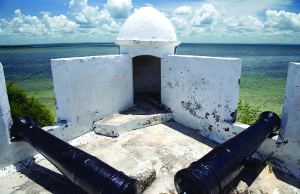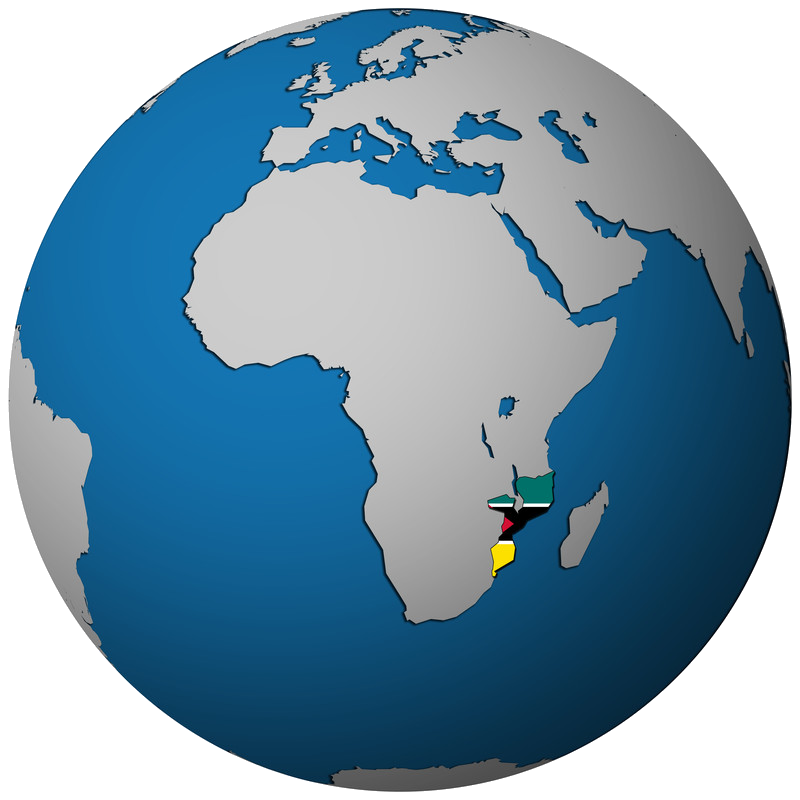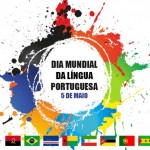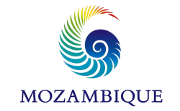History

The first people to inhabit Mozambique were the Khoi-khoi and San. Between 200 a 300 AD, the Bantu, a group with different ethnic strains but with similar characteristics, migrated from the Great Lake to the North and pushed the local people into the poorer areas in the South. Towards the end of the VI century, the Swahili-Arabs established trading posts to trade for gold, copper and iron.
The Portuguese reached Mozambique in the XV century, with the arrival of Pêro Covilhã on the coast and the landing of Vasco da Gama on the Ilha de Moçambique. (Island of Mozambique). From 1502 up until the middle of the XVIII century Portuguese interests in Mozambique were controlled by the Portuguese administration in India. Right from the outset, the Portuguese built “feitorias”, or trading posts.These were followed by the fort of Sofala built in 1505 on the coast, and the fort on Ilha de Mozambique built in 1507.
Some years later, in an attempt to take over the gold producing areas did they venture inland and establish new trading posts.These trading posts were succeeded, at the end of the XVII century in the Vale do Zambeze, by “prazos” or privately owned agricultural estates. These lands were either donated or conquered, as the case maybe. This period can be considered as the beginning of Portuguese colonization in Mozambique.
The “prazos” were discontinued in 1832, by royal decree, and the emergence of fiefdoms initiated the slave trade, which continued up to and even after the abolition of slavery In the Colonies in 1869.The division of Africa between the European powers, determined in the Berlin Conference of 1884/1885, obliged the Portuguese to maintain permanent occupation of the territories assigned to them.
Financial and military difficulties made it impossible for Portugal to maintain its occupation, consequently large areas of land were leased to private companies who became notorious for forced labour practices.These companies controlled the agricultural resources as well as manual labour up until the 1930. Even so, colonial occupation was never a peaceful process.
Various tribal chiefs such as Mawewe, Ngungunhana and Komala showed strong resistence right into the XX century. Just as had happened with the other Portuguese colonies, Mozambique also rose up against Portuguese colonial rule.On the 25 September 1964, armed fighting broke out led by FRELIMO – The Mozambique Liberation Front – This party was a joint force of three movements that had organized themselves in exile.
The first leader of the movement was Eduardo Chivambo Mondlane and after his death on the 3rd of February 1969, Samora Moises Machel assumed leadership to become the first President of the Republic of Mozambique on the 25th of June 1975.In 1977, civil war broke out, between the Government and the rebel movement RENAMO and lasted for 16 years, until 1992, when a peace accord was finally signed by both parties.
The first elections took place in 1994 and the victory was obtained by President Joaquim Alberto Chissano who had succeeded Samora Machel as the party leader and President after Samora Machel’s death in a plane crash, in neighbouring South Africa.
Mozambique today is a democratic country holding regular elections as foreseen in the Constitution.To date four general elections (Presidential and Legislative) have been held in Mozambique and the last took place in 2009 where President Armando Emilio Gebuza was elected and FRELIMO party won.






